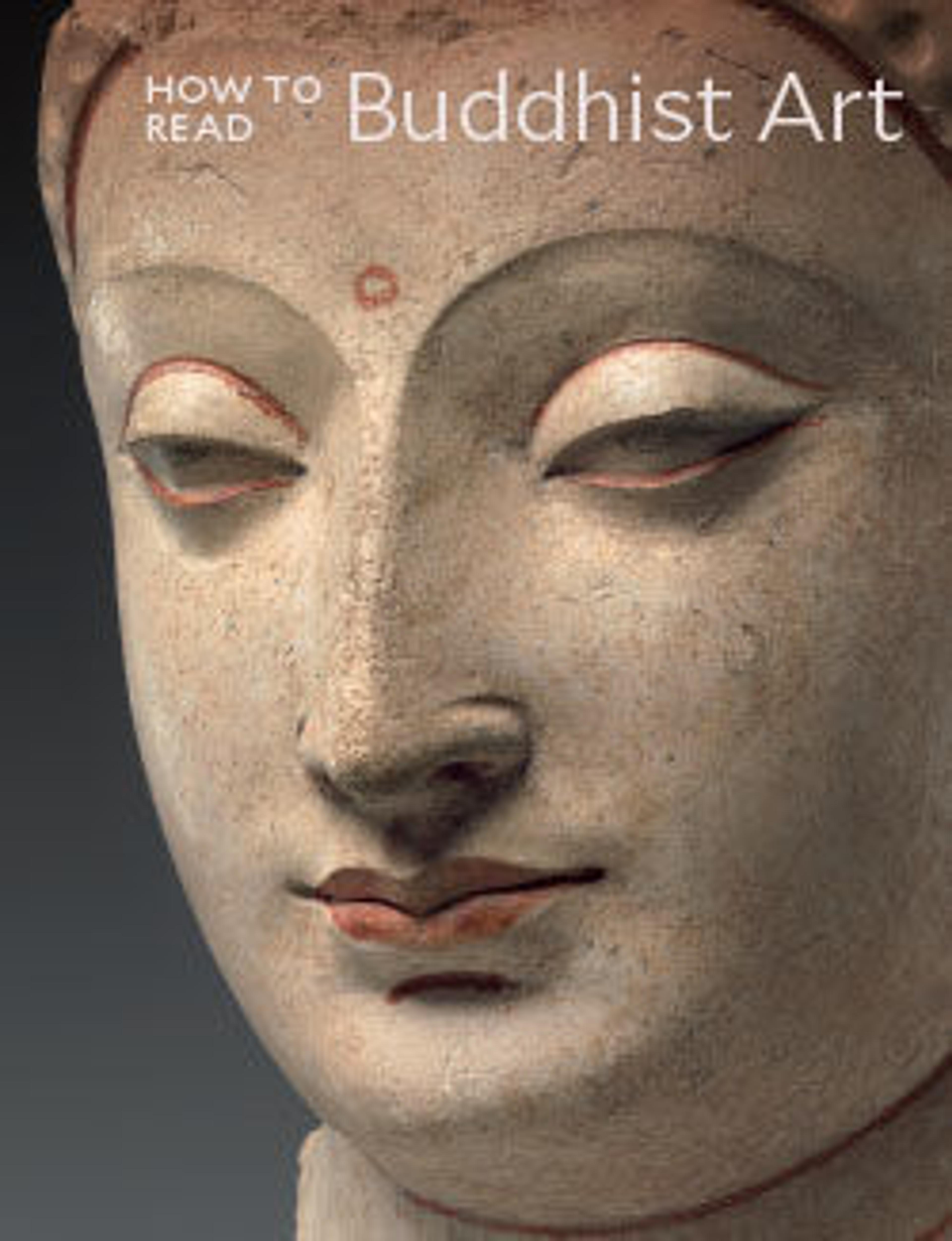Taima Mandala
The Taima Mandala represents the Pure Land of Amida Buddha and is bordered on three sides by parables from the Sutra on the Meditation on the Buddha of Infinite Life (Kanmuryō jukyō). This text recounts the promise at the core of Pure Land School teaching: that those who concentrate on the Buddha Amida, and recite his name will be escorted to his blissful paradise at the moment of death. The painting depicts an enormous palace with a golden pond presided over by Amida and his retinue. Musicians, dancers, and thirty-seven types of celestial beings fill the skies and pavilions. Those born into the Pure Land emerge from lotus buds in the water. The parables tell the story of Queen Vaidehi, who achieved birth there by performing sixteen meditations presented to her by Amida. The scenes along the bottom represent the nine levels of birth. This type of mandala was introduced to Japan from China in the 700s along with teachings about Amida’s Pure Land.
Artwork Details
- 当麻曼荼羅図
- Title: Taima Mandala
- Period: Kamakura period (1185–1333)
- Date: 14th century
- Culture: Japan
- Medium: Hanging scroll; ink, color, and gold on silk
- Dimensions: Image: 36 1/8 x 28 5/8 in. (91.8 x 72.7 cm)
Overall with mounting: 74 1/2 x 36 3/4 in. (189.2 x 93.3 cm)
Overall with knobs: 74 1/2 x 38 3/8 in. (189.2 x 97.5 cm) - Classification: Paintings
- Credit Line: Rogers Fund, 1957
- Object Number: 57.156.6
- Curatorial Department: Asian Art
More Artwork
Research Resources
The Met provides unparalleled resources for research and welcomes an international community of students and scholars. The Met's Open Access API is where creators and researchers can connect to the The Met collection. Open Access data and public domain images are available for unrestricted commercial and noncommercial use without permission or fee.
To request images under copyright and other restrictions, please use this Image Request form.
Feedback
We continue to research and examine historical and cultural context for objects in The Met collection. If you have comments or questions about this object record, please contact us using the form below. The Museum looks forward to receiving your comments.
